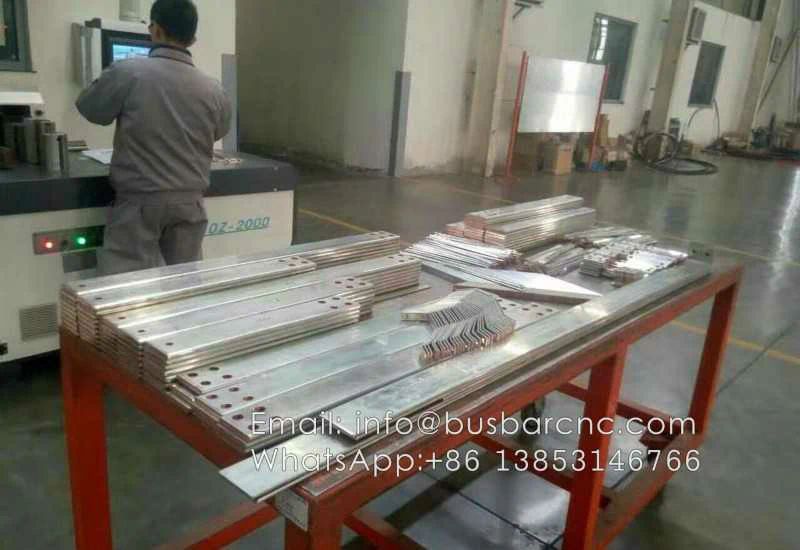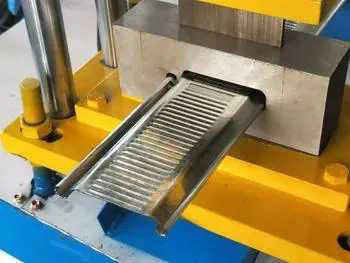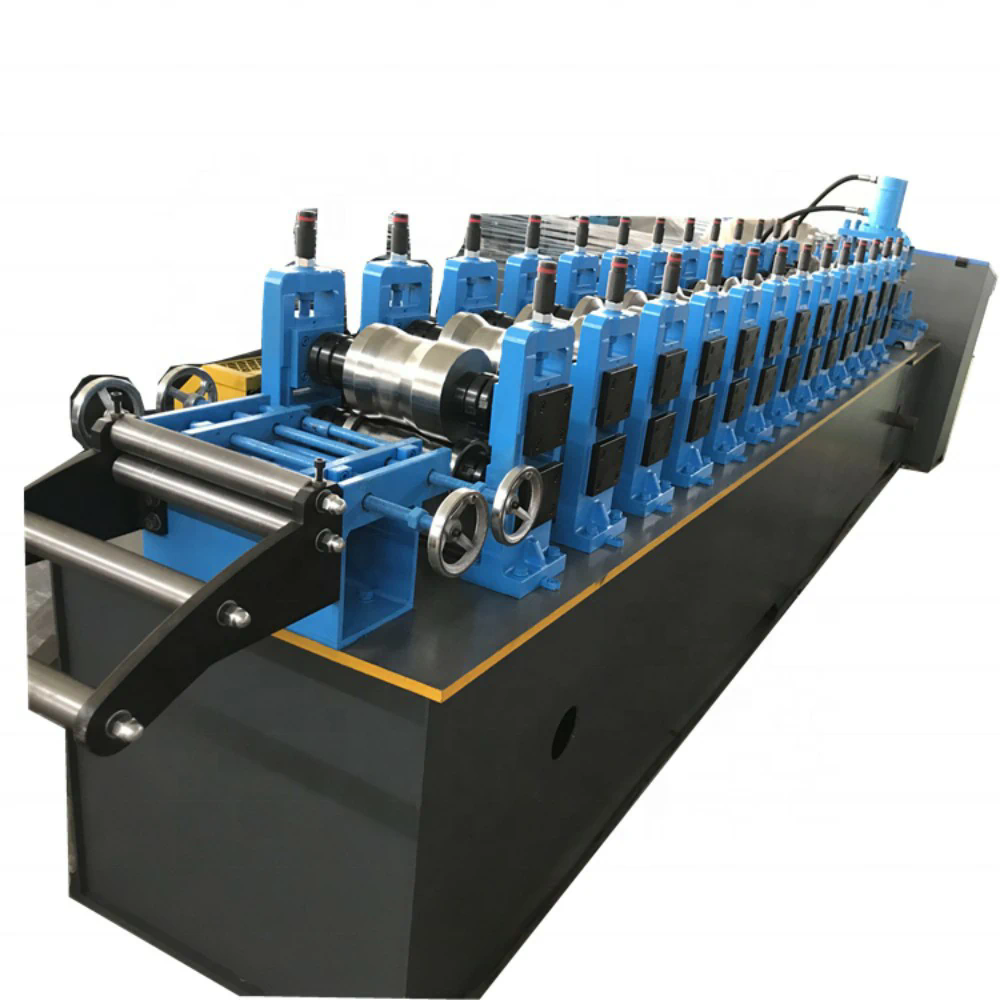The growing popularity of the Industrial Internet of Things (IIoT) and Industry 4.0 has led to a growing call for open and secure connectivity for disparate devices (e.g., machine-to-machine) and the requirement for edge-to-cloud solutions.
Organizations are deploying OPC Unified Architecture (UA) to better leverage shop-floor and enterprise communications as a way to participate in the procession of IIoT applications. the goal of OPC is to set a standard for the interoperability of information transmitted vertically through an enterprise’s multi-vendor systems and for interoperability between different industrial network devices from different vendors.
Since OPC UA is an important data connectivity standard for industrial automation, suppliers have been working to improve the competitiveness of their new and existing products using this technology in the IIoT/Industrie 4.0 market.
In order to implement OPC UA in their products quickly and efficiently, control suppliers need an effective software development kit (SDK) that minimizes development time, reduces development effort, and provides safe and reliable products.
The Industrial Internet of Things (IIoT) is driving companies to continuously collect, integrate and analyze data from sensors to maximize machine efficiency and throughput across operations. In the IIoT environment, OPC UA is seen as an important standard for ensuring interoperability between a wide range of manufacturing processes and devices, enhancing decades of return on investment for multiple companies. When considering high-performance standards for products used in industry, even the most experienced development teams can be overwhelmed by IIoT projects.
To respond to the demands of Industry 4.0, companies must redesign their infrastructure architecture, code and product development practices to respond to the unprecedented connectivity customers expect and reduce the time required to bring products to market. Given that the world is moving digitally and that industries are constantly connecting hardware and software to enable new value propositions, all companies must be super-responsive to compete with the times.
There is a growing demand for specially designed software development tools that enable developers to easily embed OPC UA servers into chips, devices and/or applications. In addition to the requirement to keep production costs as low as possible, the Flex OPC UA SDK is required to achieve the lowest memory consumption in the industry and to run as efficiently as possible to leave enough CPU resources to perform normal device functions.
Today’s Industrial Transformation

Figure 1 In a competitive global market environment, industrial organizations are facing a major evolution in the way they do business and operations, and the virtual world of information systems, the real world of machines and equipment, and the Internet are among them.
Since the beginning of the history of industrial change, technological progress has been a decisive force in dramatically increasing the efficiency of industrial production. The earliest was the mechanization of production using water and steam power. Then, the second phase was the introduction of large-scale production supported by assembly lines and electricity; the next third advance was the use of electronic equipment and information systems to further automate production.
Today, the fourth industrial transformation is about realizing the technologies and concepts of value chain organization. The current innovation phase, called Industry 4.0, contains a series of technological concepts identified by the German government, which are closely related to the previous three industrial transformations and all herald a turning point in the course of production and manufacturing processes. Industry 4.0 uses the concept of information-physical systems and aims to correlate real objects with information processing and virtual objects with processing processes via information networks such as the Internet.
Improving connectivity
An imperative
Today, manufacturing companies need to have access to vast amounts of data beyond what they used to have, and they can have a significant impact on their performance. To support the various applications required within industrial facilities, information must be available along with scenarios so that all types of personnel can understand and use them in different ways.
With the growing popularity of the Industrial Internet of Things (IIoT) and the synchronization of Industry 4.0, the latest wave of technological change is creating unprecedented opportunities for manufacturing companies. The IIoT is spreading so quickly because of the dramatic improvements in the availability and usefulness of sensors, processors and other technologies that help facilities access and acquire information in real time.

Figure 2 is made possible by IIoT, a technology that helps manufacturing facilities access and acquire information in real time.
The IIoT has sparked change in virtually every industry at a rate that exceeds any previous change. Companies, and indeed entire industries, must respond quickly to take full advantage of new capabilities and avoid becoming obsolete and outdated. The first major challenge is connecting devices and intelligent systems. Communication standards are the backbone of the IIoT, and with them, the many devices and software applications involved in this ecosystem can be securely integrated and interoperable.
Popularization of OPC UA technology
In order to accelerate the development of industrial and manufacturing environments, Industry 4.0 and IIOT need to set international standards. Adopting international standards means that data from Industrial Internet devices can be consistently identified and mapped in the same way, regardless of whether they use the data or the machine needs maintenance.
The OPC Foundation published the first data connectivity standard in 1996, and since then automation suppliers and original equipment manufacturers (OEMs) have increasingly used the standard to enable IIOT connectivity in their products. platform-independent and can integrate all the functionality of the original OPC specification into a flexible framework. OPC UA extends the functionality of the Classic OPC model by improving security and employing standard Internet technologies.
OPC UA is considered a defining technology for IIOT and Industry 4.0 because it supports multi-vendor, multi-platform interoperability for transferring data and information from embedded environments to the enterprise. The standard is built on an information model with sources that provide structure and scenarios to information, which is essential for building responsive systems. By adopting OPC UA, automation providers can take full advantage of today’s and tomorrow’s open data connectivity.
Open data connectivity technologies of today and tomorrow.
The importance of developer tools
In the software development process, the choice of tools used can essentially make or break a project. Once the target environment and programming language are selected and the requirements and end goals are understood, the next task is to select the tools to be used throughout the development process. It is critical to understand the types of developer resources available, the advantages of each type of resource, and the implications of using them.
Well-run software development kits (SDKs) provide a quality user experience for both end users and the engineers who integrate them. Choosing an SDK represents a significant commitment to initial adoption, implementation, and eventual maintenance. These activities are costly, and if an inadequate kit is selected, it is likely to add additional work, rework, or cause worse outcomes such as severe system limitations.
In the automation market, vendors need to deploy IIoT connectivity across their diverse product lines using effective SDK solutions. This includes embedding OPC UA functionality into devices or microchips using the powerful and easy-to-use tools needed to quickly bring products to market. Vendor development teams seek a fully scalable SDK that allows them to easily interconnect industrial software systems regardless of platform, operating system or size.
Choosing the right SDK
Whether you are a tool builder or an application developer, if your software needs access to automated data, you need to implement OPC UA connectivity to ensure that your system can access data through the world’s most prevalent standard open connectivity solution. The question is: How do I optimize this aspect of my operation?
Manufacturers, commercial customers and automation OEMs in the stand-alone component and process industries should be aware of the following key points when selecting an OPC UA SDK, which will be highlighted in the next two sections.



